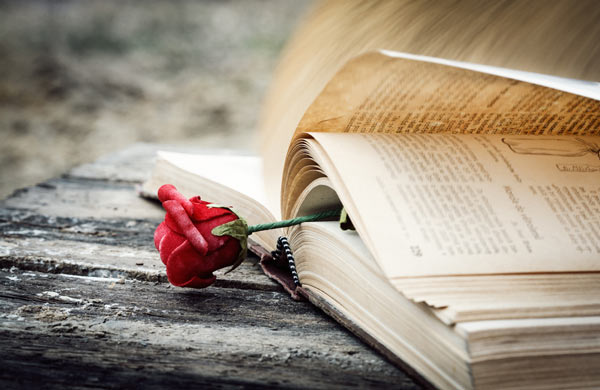How to communicate using poetry.
The search for deeper meaning in a poem implies that it might contain a hidden message. But poetry is not coded messaging; it’s artful communication. It’s more useful to ask what a poem communicates than to ask what it secretly means.
Some poems are straightforward; there’s no interpretation to be made because they are clear about what they are trying to say. Others are wrapped in mystery, open to different interpretations and ideas. And some are completely obtuse.
It’s not unusual for analysts of poetry to search for hidden meaning, and sometimes poems do indeed contain coded messages. But when evaluating a poem, there are other things we can seek.
Communication via Poetry (adsbygoogle = window.adsbygoogle || []).push({});
Communication is the exchange of information or ideas. There are many means of communication at our disposal, ranging from complex spoken language to simple hand gestures. Writing is one of the foremost methods of communication, used in a wide variety of settings, from office memos to artistic expressions.
Poetry is a form of artistic communication. Poems can use simple, straightforward language to convey clear ideas, or it can use complex, opaque language to communicate vague, even uncertain, concepts. I recently played a song for my four-year-old nephew, and he told me that the song “put pictures in his head.” I’m not sure if the imagery came to him from the lyrics or the music, but I immediately recognized that this was the power of artistic expression at work. Like music, poetry has a unique ability to fill a reader’s mind with images and fill their heart with feeling.
As a communication tool, poetry stretches language, allowing a poet to communicate in a way that other forms of written communication, such as regular conversation or even stories, don’t offer. We can use imagery and sensation to reach a deeper level of communication, even if our poetry is not infused with secret meaning and hidden messages.
We can’t always know how our poems will resonate with readers. A quick couplet about trees might appear as an uninhabited woodland to one reader and a suburban park for another. In some cases, we want to hammer our imagery into specificity, but often, we want to leave space that lets our readers fill in the blanks with their imaginations. That is the magic of poetry, and of all forms of art.
Let Poetry Communicate
Here are some things we can look for in poetry:
Experience: Some poems share experiences. They might elaborate on an experience, passing judgement on it, placing a value on it, or revealing how the experience affected the narrator. They show something that happened, and it could be anything from a baby’s first steps to a grueling fight on a battlefield. Description: Other poems paint a picture or set a scene. In some cases, there’s no action; nothing happens in the poem, it just is. These poems show us something, like a snapshot from a camera. Descriptive poems paint a picture with words. Stories: Many classic plays and children’s stories are written in poetic form, and plenty of poems tell a story. “Annabel Lee” by Edgar Allan Poe is one such poem. Ideas: Poems can also share ideas. “The Road Not Taken” by Robert Frost is often interpreted to mean that taking a less-traveled road is beneficial, although this interpretation can be disputed. Tributes: Tributary poems pay homage to anything from people to nature, communicating that the object of the tribute is being honored, valued, and celebrated.
Poetry is a deeply valuable tool for communication and artistic expression. When you read a poem, what do you seek? When you write a poem, what are you trying communicate? Share your thoughts and ideas by leaving a comment, and keep writing poetry.
Read more: writingforward.com

